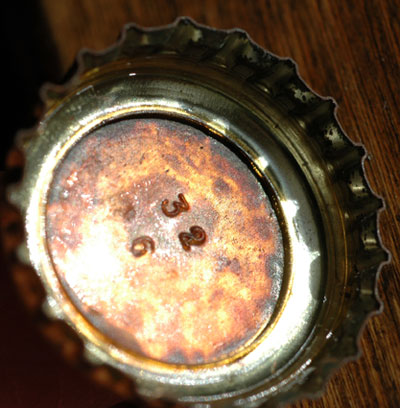Credit for this one goes to Don Younger, publican of the Horse Brass Pub in Portland.
Exhibit A: Last week’s Session, in which the guys at Hop Talk challenged bloggers to write about atmosphere. We’re talking about dozens of folks who take the time to write about beer several times a week.
And what did they focus on?
Early on, it became quite clear that there was a nearly universal theme as to what made for a good beer drinking atmosphere: people.
Exhibit B: Don Younger and the Horse Brass Pub. Now we’re talking people.
There are various stories about how Younger acquired the Horse Brass, but what’s certain is that it wasn’t until after he owned it that he decided to find out just what an English pub was. So he headed to Great Britain in 1977. “That’s when I knew,” he said. What, he wasn’t yet sure, “but I was going to do the pub thing.”
Fast forward to 1995, the evening of the last day of the Oregon Brewers Festival. We had arrived in town before the festival started, and spent an intense several days visiting pubs and brewpubs in the metropolitan area, some with Don and many more he suggested. He talked about influences, about history, about Oregon brewers (some gone), about pubs. Several times over.
We didn’t expect to see him at the Horse Brass that evening. We’d just stopped by for one last pint before leaving town. But he showed up at our table and had a seat. Soon it seemed half the people in the pub had stopped by and the conversation naturally centered on beer. What do you think of Portland’s bars? The brewpubs? What beers did you try at the festival?
Then at one moment Younger leaned back in his chair and smiled. You could see him almost eavesdropping on scores of conversations taking place around him, most of them not about beer.
“After all,” he said, “it is only beer.”
How’s that for perspective?
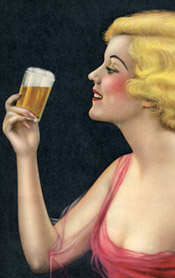 NEW BEER RULE #4: The god of beer is not consistency.
NEW BEER RULE #4: The god of beer is not consistency.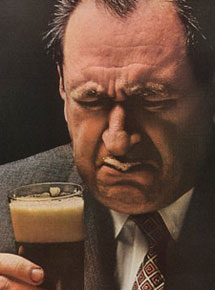 I starting writing the rule before this wandering conversation at
I starting writing the rule before this wandering conversation at 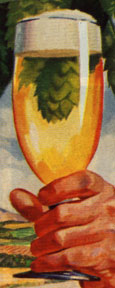 I like – OK, love – hops more than most people you know. But I understand the frustration expressed by some brewers about the attention that highly hopped high alcohol beers (sometimes called extreme) receive.
I like – OK, love – hops more than most people you know. But I understand the frustration expressed by some brewers about the attention that highly hopped high alcohol beers (sometimes called extreme) receive.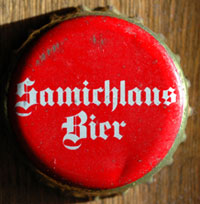 With a nod toward Bill Maher’s “New Rules” as opposed to Miller’s Man Laws …
With a nod toward Bill Maher’s “New Rules” as opposed to Miller’s Man Laws …